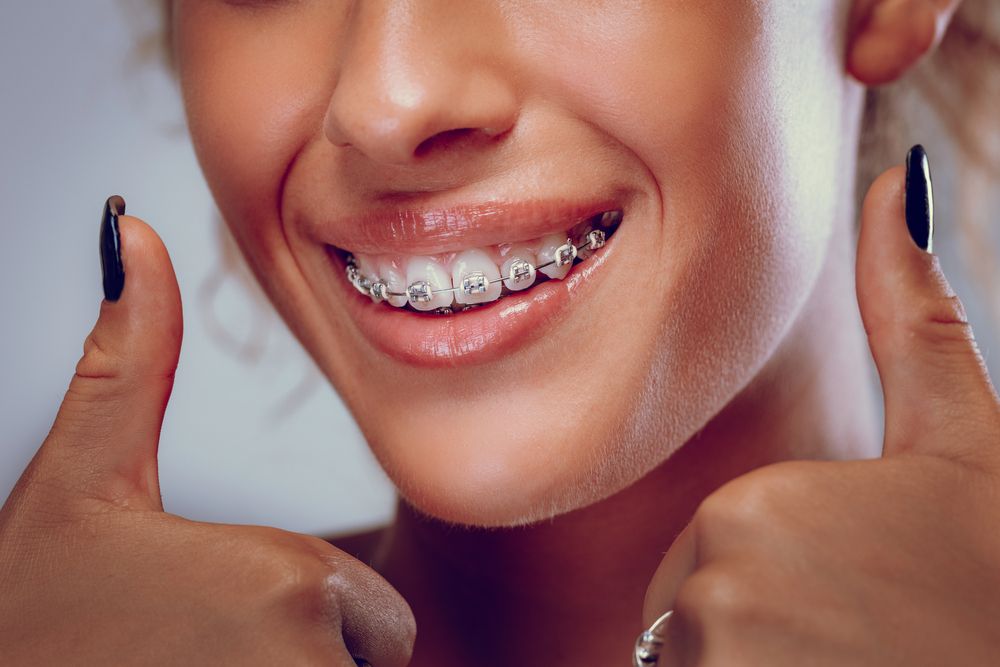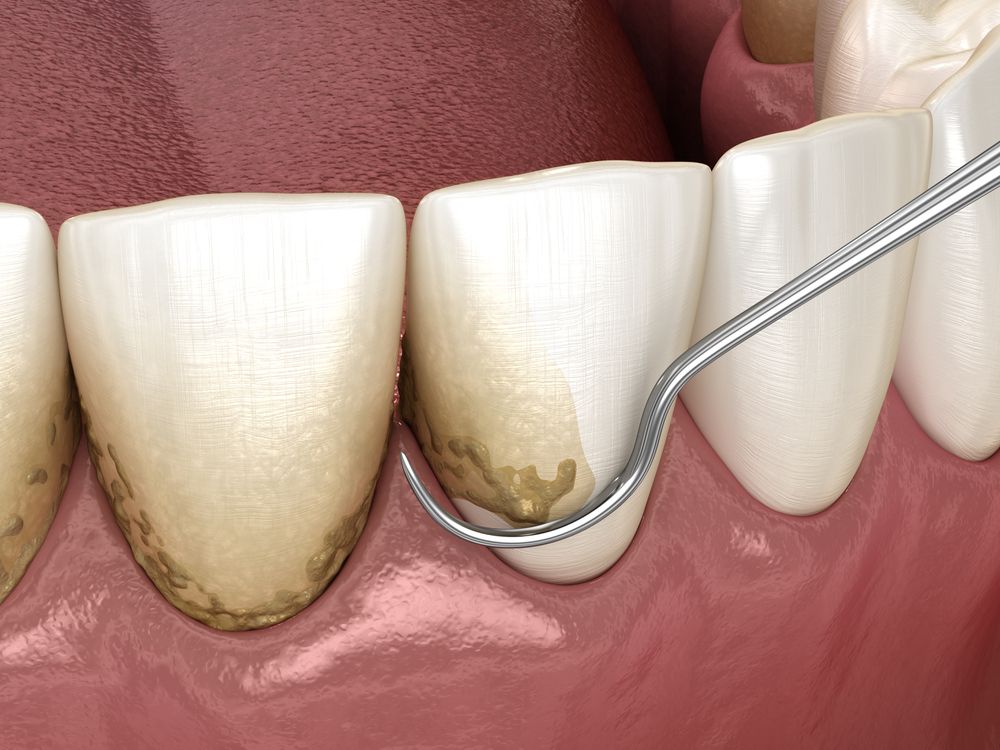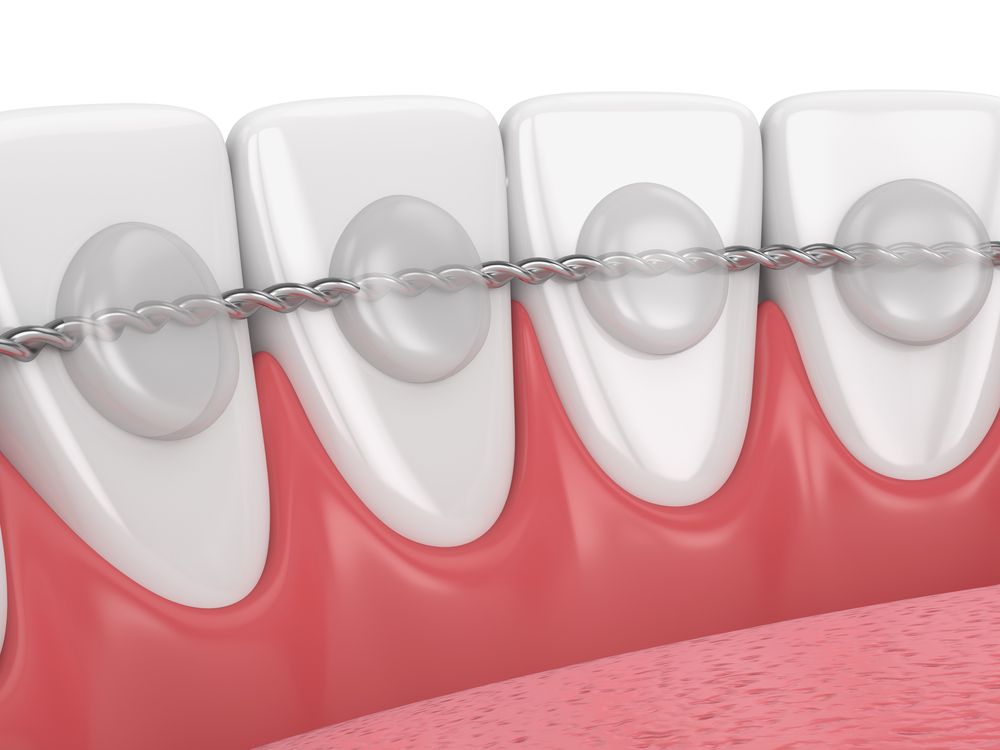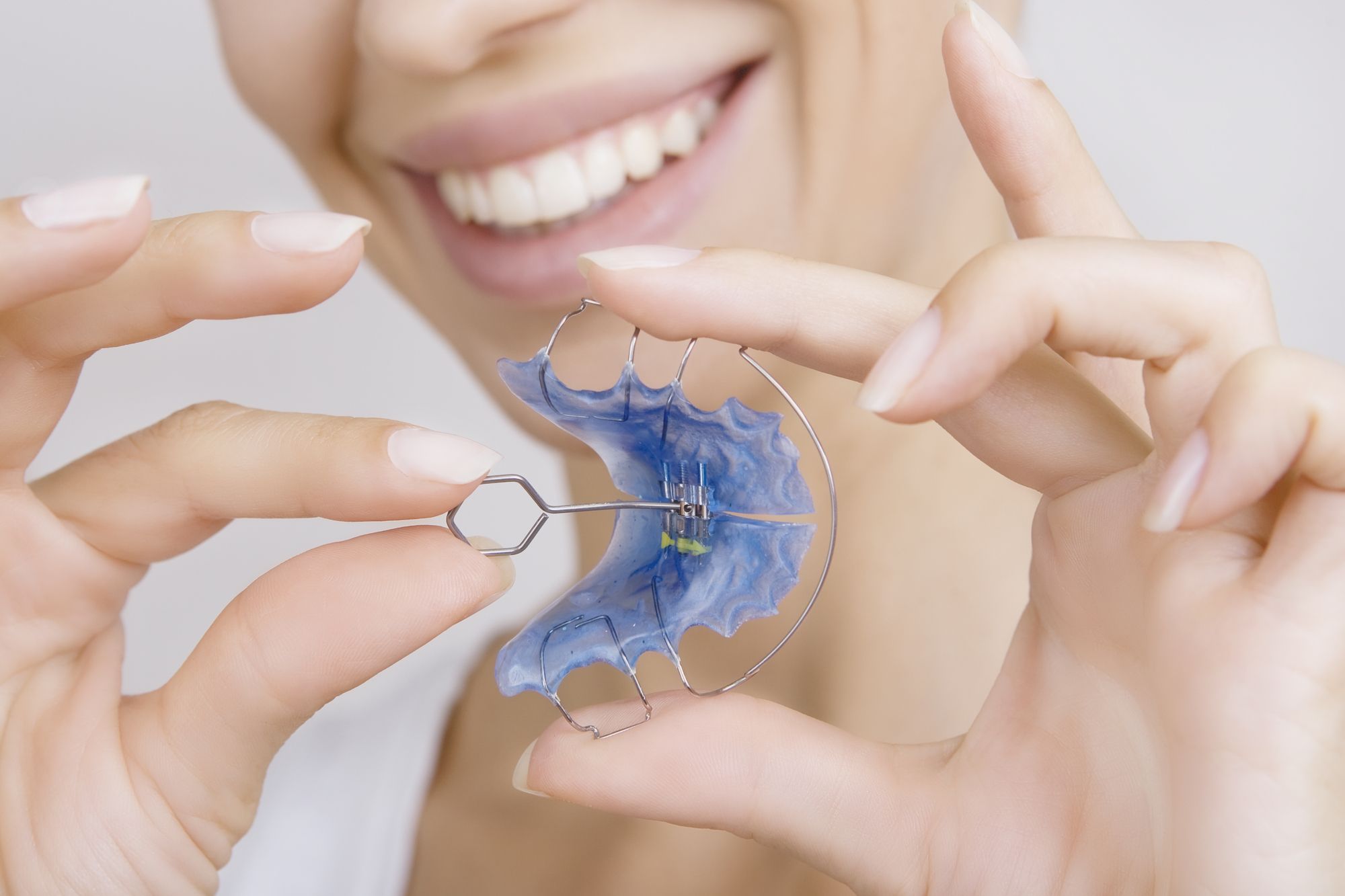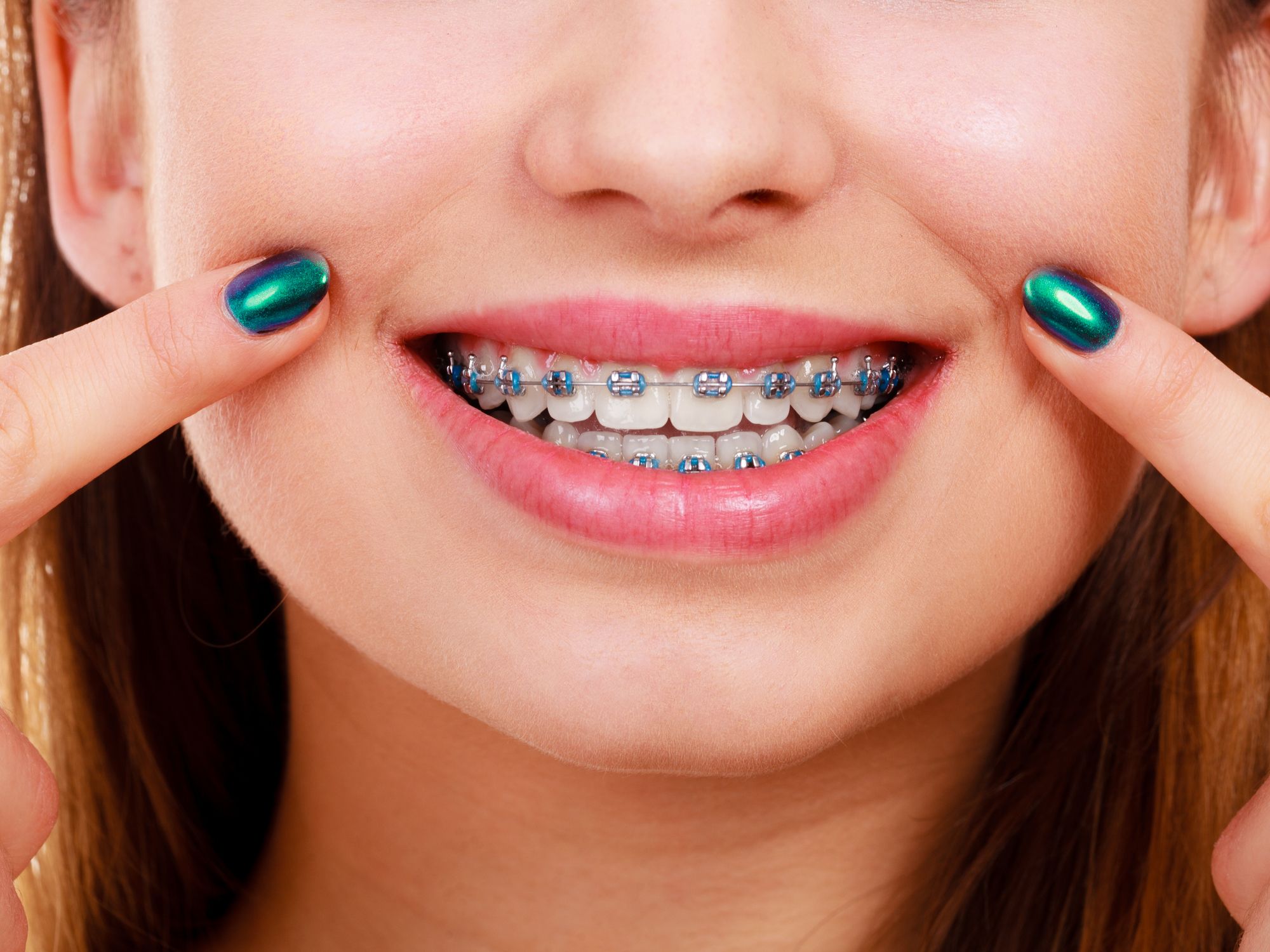Spring, TX, Orthodontist Explains Phase 1 Orthodontic Treatment
When it comes to your child’s smile, early action can be the secret ingredient to long-term success. Enter Phase 1 orthodontic treatment—a proactive approach designed to guide your child’s developing smile before things get too crowded or crooked. Our Spring, TX, orthodontist is here to explain why early intervention is ideal.
Give your child’s smile the foundation it needs to thrive with Phase 1 treatment at Harmony Orthodontics. Think of it as giving your child’s teeth a head start in the race toward a picture-perfect grin! So, don’t wait – schedule a consultation with our Spring, TX, orthodontist at (832) 699-3683.
Why Early Orthodontic Treatment is a Game Changer
Phase 1 orthodontic treatment, often known as interceptive orthodontics, is all about catching potential issues while your child’s mouth is still growing and developing.
By starting treatment early, our Spring, TX, orthodontist can address problems like misaligned teeth, jaw growth issues, and bite problems before they become more serious (and costly) down the road.
But when exactly should parents start thinking about Phase 1 treatment? The magic age is usually between 6 and 9 years old, when your child’s baby teeth are beginning to make way for those permanent pearly whites. It’s a perfect window of opportunity to spot any red flags and start shaping that dazzling smile early.
Is Phase 1 Right for Your Child?
You might wonder, “Does my child really need braces or aligners at such a young age?” While not every child requires Phase 1 treatment, it can be a game-changer for kids showing early signs of orthodontic issues.
Here are some telltale signs that Phase 1 treatment might be right for your child:
- Early or late loss of baby teeth: If your child is losing teeth much earlier or later than their peers, it could be a sign that something’s not quite right.
- Difficulty biting or chewing: If your child struggles with eating, this could be due to misaligned teeth or jaw issues.
- Crowded or overlapping teeth: Early crowding can signal that your child’s mouth might not have enough space for all those adult teeth.
- Thumb sucking beyond age 5: This habit can influence the alignment of teeth and jaws, making early intervention a good idea.
- Speech difficulties: Issues with speech can sometimes be linked to dental problems, which Phase 1 treatment can help resolve.
The Benefits of Getting Ahead
So, what’s the payoff for starting orthodontic treatment early? Quite a few perks, actually! Our Spring, TX, orthodontist gives you a quick rundown:
- Better results with less effort: By guiding jaw and teeth development early on, Phase 1 treatment often makes later orthodontic work (like braces during the teenage years) quicker, easier, and more effective.
- Prevention of more serious issues: Addressing problems like severe crowding or misalignment early can prevent the need for extractions or surgeries later.
- Boost in confidence: Kids who feel good about their smiles tend to smile more—simple as that! Early treatment can help your child feel proud of their teeth even as they’re still growing.
- Enhanced oral health: Well-aligned teeth are easier to clean, reducing the threat of cavities and gum disease.
Learn More About Phase 1 Treatment with a Spring, TX, Orthodontist
Phase 1 orthodontic treatment is a proactive step that can lead to smoother sailing (and straighter teeth) as your child grows. So, if your child is showing signs that might call for early orthodontic care, don’t hesitate to explore Phase 1 treatment with our Spring, TX, orthodontist.
Contact Dr. Wint Tun online anytime or call Harmony Orthodontics at (832) 699-3683 for appointments and information.

